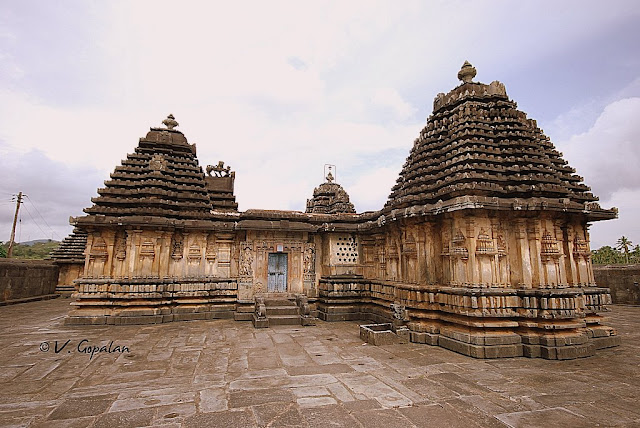Hill station of ‘God’s Own Country’ Munnar, is at an altitude of 1600 meters in Idukki district of Kerala. A small hill station but amazing place to unwind during the week end!

It is pronounced “Moon-aar”, meaning ‘three rivers’ in Malayalam. The rivers; Mudrapuzha, Nallathanni and Kundala meet in the centre of the town.
As it was raining when I visited Munnar we could see many mountain streams and waterfalls with fresh rain water. Valleys and thousands of acres of tea plants are wonderful sight in Munnar. Since it was raining the tea plantation was looking absolute green and it was such a wonderful change of scene for me from the concrete jungle where I live – Mumbai.


It seems Munnar was the favoured summer resort of the erstwhile British rulers in the colonial days. Unending expanse of tea plantations, green valleys and mountains along with exotic species of flora and fauna is a speciality of Munnar.



The aroma of spice scented cool air is something one should experience in Munnar. It is a great feeling!!
Munnar has a plant called Kurinji plant which blossoms only once in twelve years. The next season for this is 2018 as it blossomed in 2006 last!

Once a sleepy little hamlet Munnar was discovered by Scottish planters and later on developed by British. They developed it into one of southern India’s most important centres for the cultivation of tea and spices. Munnarweb.com claims that Munnar is sometimes called the ‘Switzerland of India’ although I do not subscribe to this claim!





































